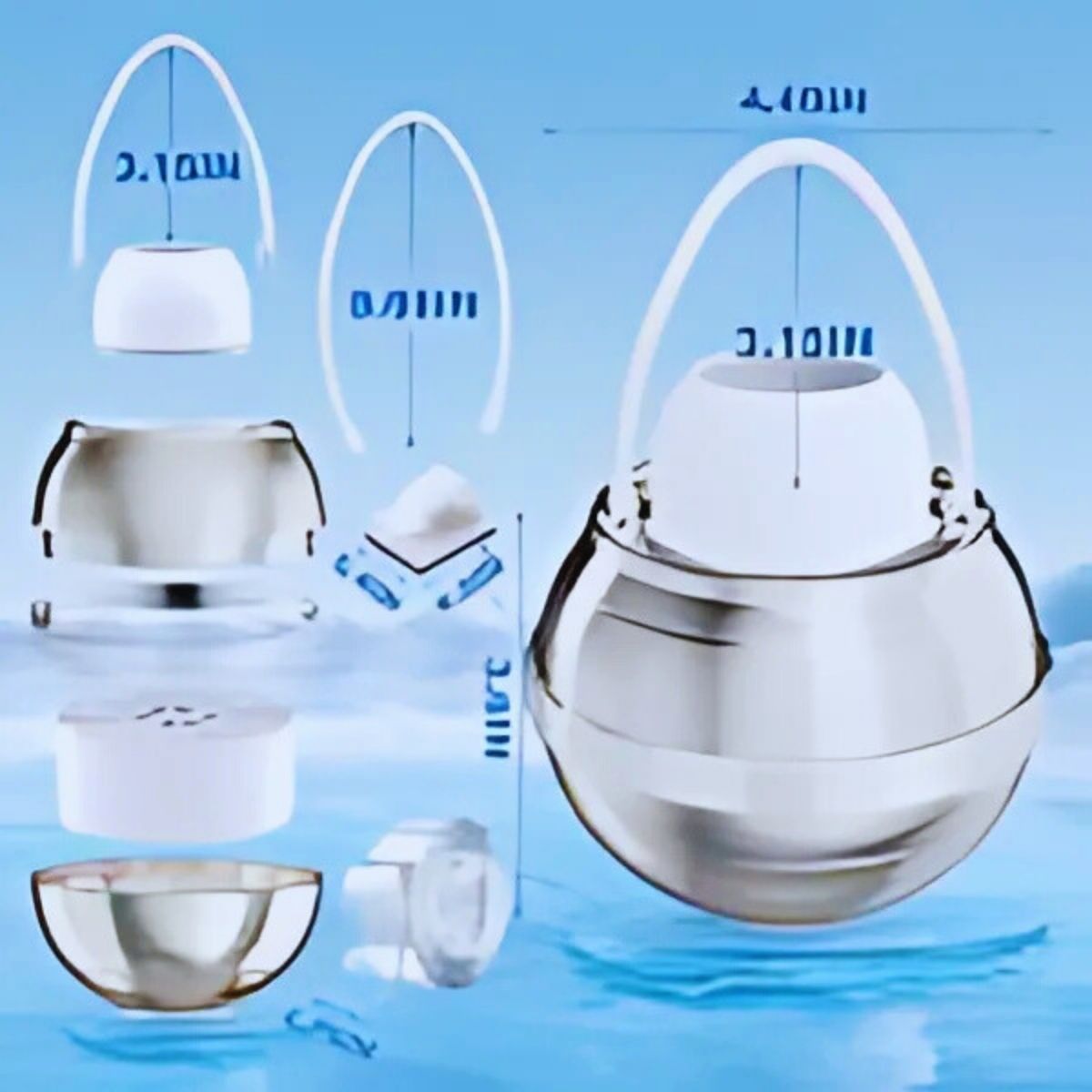If your bathtub faucet is leaking, outdated, or simply not working correctly, replacing it can improve both the look and functionality of your bathroom. Knowing how to change a bathtub faucet can save you time and money, preventing costly plumber fees. In this guide, we’ll walk you through the process step by step, covering everything from the tools you need to installation tips and troubleshooting common issues.
Why Should You Change Your Bathtub Faucet?
Before we get into the step-by-step guide, let’s discuss some reasons why you might need to replace your bathtub faucet:
- Leaks and Drips: A leaking faucet can waste a significant amount of water, increasing your water bill.
- Corrosion and Mineral Build-up: Over time, hard water can cause mineral deposits that affect the faucet’s performance.
- Outdated Design: A modern faucet can enhance the aesthetics of your bathroom.
- Poor Water Pressure: Replacing an old or clogged faucet can improve water flow.
Tools and Materials Needed
Before you start the replacement process, gather the following tools and materials:
- Adjustable wrench
- Pipe wrench or basin wrench
- Screwdriver (Phillips and flat-head)
- Plumber’s tape (Teflon tape)
- Plumber’s putty or silicone sealant
- Replacement bathtub faucet
- Bucket and towels (to catch any water drips)
- Hex key (Allen wrench)
- Pipe joint compound (optional)
Step-by-Step Guide to Changing a Bathtub Faucet
Step 1: Turn Off the Water Supply
The first step is to turn off the water supply to avoid leaks or water damage. If your bathtub has dedicated shut-off valves, turn them off. If not, you may need to shut off the main water supply to your home.
Step 2: Drain Any Remaining Water
Once the water is off, turn on the bathtub faucet to drain any remaining water in the pipes. This helps prevent spills while you work.
Step 3: Remove the Old Faucet
The process of removing the old faucet depends on its type:
For a Screw-On Faucet:
- Look for a set screw underneath the faucet spout.
- Use an Allen wrench to loosen the screw.
- Twist and pull the faucet off the pipe.
For a Threaded Faucet:
- Hold the faucet firmly and twist it counterclockwise.
- Use a pipe wrench if the faucet is stuck.
For a Wall-Mounted Faucet:
- Use a screwdriver to remove any screws holding the faucet in place.
- Carefully detach the faucet from the wall.
Step 4: Clean the Pipe Threads
Before installing the new faucet, clean the exposed pipe threads with a cloth to remove old plumber’s tape, dirt, or debris.
Step 5: Apply Plumber’s Tape
Wrap the exposed pipe threads with plumber’s tape (Teflon tape) to ensure a tight seal and prevent leaks. Wrap it around the threads two to three times.
Step 6: Install the New Faucet
For a Screw-On Faucet:
- Slide the new faucet onto the pipe.
- Align it properly and tighten the set screw with an Allen wrench.
For a Threaded Faucet:
- Screw the new faucet onto the pipe clockwise.
- Use a wrench to tighten it securely, but don’t overtighten as it may cause damage.
For a Wall-Mounted Faucet:
- Align the new faucet with the mounting holes.
- Secure it with screws and ensure a snug fit.
Step 7: Turn the Water Supply Back On
Slowly turn the water supply back on and check for leaks. If you notice any drips, tighten the faucet connections or reapply plumber’s tape.
Step 8: Test the Faucet
Turn on the new bathtub faucet to check water flow and temperature. Ensure that the installation is secure and leak-free.
Troubleshooting Common Issues
Even with careful installation, some issues may arise. Here’s how to troubleshoot them:
- Leaking Faucet: Check if the connections are tight and apply more plumber’s tape if needed.
- Low Water Pressure: Remove the aerator and clean any debris or mineral buildup.
- Uneven Water Flow: Ensure that the faucet is properly aligned and securely attached.
- Faucet Not Fitting: Double-check that you’ve purchased the correct faucet type for your bathtub.
Tips for Maintaining Your Bathtub Faucet
To extend the life of your new faucet, follow these maintenance tips:
- Regularly Clean the Faucet: Wipe the faucet with a soft cloth and mild soap to prevent mineral buildup.
- Check for Leaks Periodically: Address small leaks before they become bigger problems.
- Avoid Harsh Cleaners: Abrasive chemicals can damage the finish and internal components.
- Use a Water Filter: If you have hard water, consider installing a bathtub water filter to reduce mineral deposits.
Conclusion
Changing a bathtub faucet is a straightforward DIY task that can improve your bathroom’s functionality and appearance. By following these steps, you can replace your old faucet quickly and efficiently. If you run into any major issues, consulting a professional plumber may be a wise choice.
For high-quality bathtub filters, shower heads, and water filtration solutions, visit Cuoll.com. Our products help keep your water clean, ensuring a better bathing experience!
FAQs
1. How often should I replace my bathtub faucet?
On average, a bathtub faucet lasts 10-15 years, but you may need to replace it sooner if it leaks or becomes damaged.
2. Can I change my bathtub faucet without turning off the water supply?
No, turning off the water supply is crucial to prevent flooding and leaks.
3. What type of bathtub faucet should I buy?
Choose a faucet that matches your bathtub’s plumbing style (screw-on, threaded, or wall-mounted) and ensure compatibility with your existing setup.
Need more plumbing and filtration solutions? Check out Cuoll.com today!








